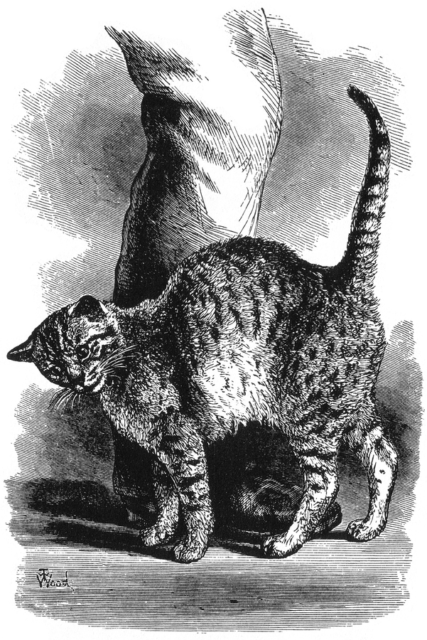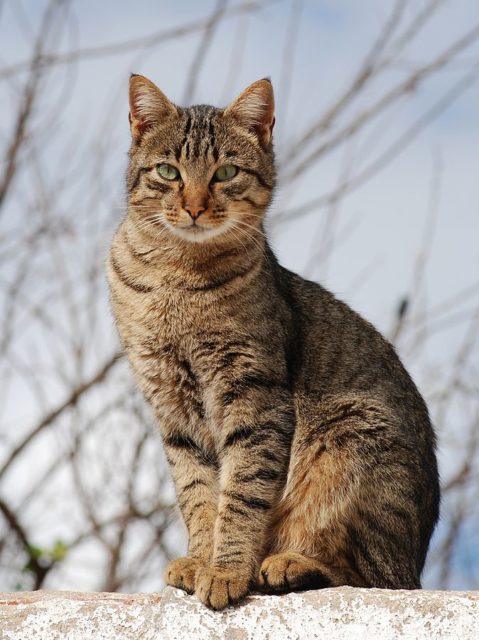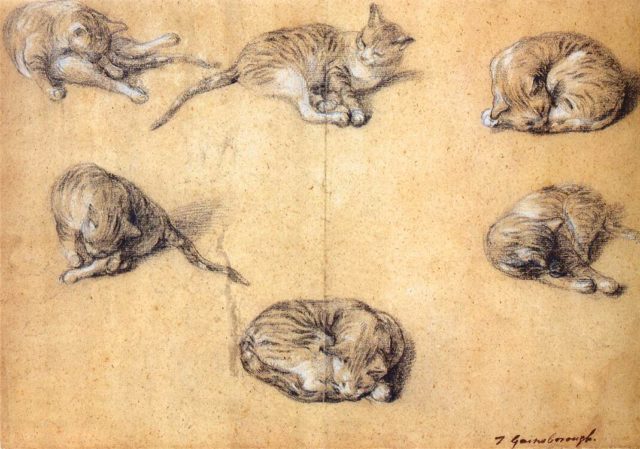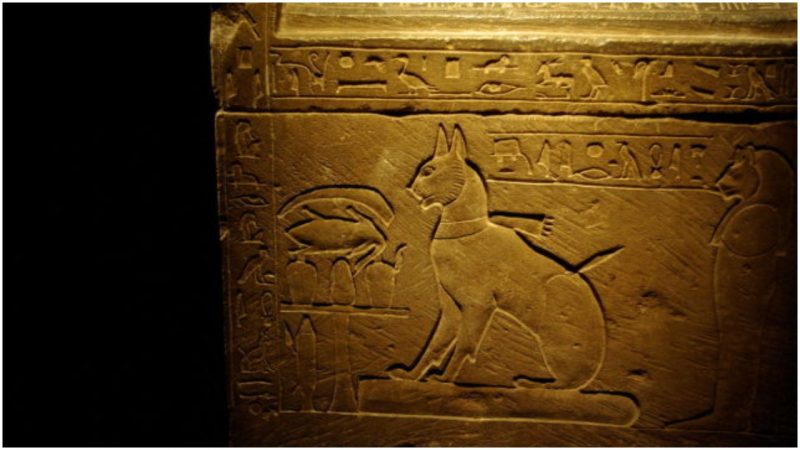A tiny number of us might know the facts about how domesticated cats joined us indoors. While they were keen to live outside for roughly 10,000 years, cats made their move and started sharing our beds relatively recently. Understanding cats and the role they occupy in history can also shed light on an intricate aspect of human evolution.
It is widely agreed that the domestic cat evolved from the Near Eastern wildcat, over which time proper genetic lineages were produced. As early as eight millennia ago, cats started to hang around agricultural communities across the Fertile Crescent, which would become the territory that included Mesopotamia, the areas of the Tigris of the Euphrates, the Levant, as well as the eastern coast of the Mediterranean. In terms of modern day countries, these areas would be Iraq, Syria, Lebanon, Jordan, Egypt, parts of Turkey and Iran, Cuprys, Israel, and Palestine.
One of the lineages made its first home in Egypt and dominated its ancient kingdoms, but as you may very well know, cats don’t like to stay too long in the same place, so they moved around. By the time the ancient Egyptian civilization came to an end, cats had crossed the seas to Greece, where they were frequently sold. They were also common among Persians.

Around 500 BC, a domesticated cat was presented to the Emperor of China, and from that time on they became very popular among the higher class in China, particularly during the Song Dynasty. Throughout this period, China produced some of the first breeds of cats, such as the Siamese and Burmese. From there, cats were sent to Japan and also made it to India.
What’s even more interesting are the results of a recent comprehensive study done on feline genes, which provides us with some insight into how cats came into our lives in the first place. The study, reported in National Geographic, is based on genetic samples from around 200 cats taken from a time span of 9,000 years, including analysis of the remains of Egyptian mummified cats and remains of a Romanian cat and modern African wildcat among other specimens.
The results of the research show that it took these animals quite some time to decide if they were to jump into peoples laps or not. They were always around humans, but they actually “domesticated” themselves. What distinguished them from their relatives in the wilderness was the tweak of unique stripes and dots, such as that of the tabby cat. The study was recently issued in Nature Ecology & Evolution.
Cats would begin settling down for their symbiotic relationship with people across Egypt and Mesopotamia. They would turn up as sort of rodent patrol watch, coming after the mice who feasted on the crops of the first developed agricultural communities. Slowly but steadily, the cats approached the places where humans made their villages and cities and started appreciating the relationship with them.

It was not the case that humans took some cats and put them in cages to train them to do something. As civilizations developed, the human-animal relationship developed too. More or less, people allowed cats to domesticate themselves, as affirms one of the study’s coauthors, Claudio Ottoni of the University of Leuven.
By 1500 BC, domesticated cats were spread through most of the ancient world. Being social or able to be tamed, the Egyptian cat most certainly demonstrated qualities that were perceived as attractive to most humans. Through this ongoing process, people started to trust their feline companions and started carrying cats across the Old World, following the sea trade routes, to provide a helping hand in controlling the ever-multiplying rodents.
The DNA comparison within the research shows that domesticated and wild cats have little differences in the genetic makeup, such as the tabby coat marking that can help us distinguish the first from the former. This trait first appeared during the Middle Ages, a time when a vast majority of cats were largely associated with witchcraft and superstition. Reportedly, the gene for the tabby coat extends back to the Ottoman Empire, later becoming common in Europe and Africa as well.
But it would take the dawn of the 18th century before these markings became popular enough to be associated with domestic cats, and by the 19th century, cat-oriented persons had started selecting cats with particular traits with the purpose to bring about some new fancy breed.
The story of the domesticated cat is unlike the story with dogs, de facto the first animals that humans intentionally domesticated. This happened when people still lived in hunter-type communities and they picked dogs to train for doing specific tasks. Dogs were of great use much before cats arrived; cats became useful only when people started to settle down and nomadic life was less common.

Moreover, it is due to the fact that humans did not attempt to domesticate cats as they did with dogs that there are so many more breeds of dogs today. Eva Maria Geigl, an evolutionary geneticist, further explains that cats did not need to go through any selection process, as “they were perfect as they were.”
At current, there are roughly half a billion domesticated cats counting as pets worldwide, and some estimated 74 million living in U.S. homes, which speaks volumes for how much people love cats.
Read another story from us: In Ancient Egypt, cats were sacred – killing one was punishable by death
In a nutshell, we are safe to say cats became a domesticated companion to people without changing their genome too much. While they look similar to wild cats, they are not solitary, plus they are capable of tolerating both humans and other cats, except for grumpy cat of course. And in case you doubted some cat-related quotes, such as “A dog is a man’s best friend. A cat is a cat’s best friend”, or “As every cat owner knows, nobody knows a cat”, it might be all more clear after this study than ever before.
So dear cats, Live Long and Prospurr!
